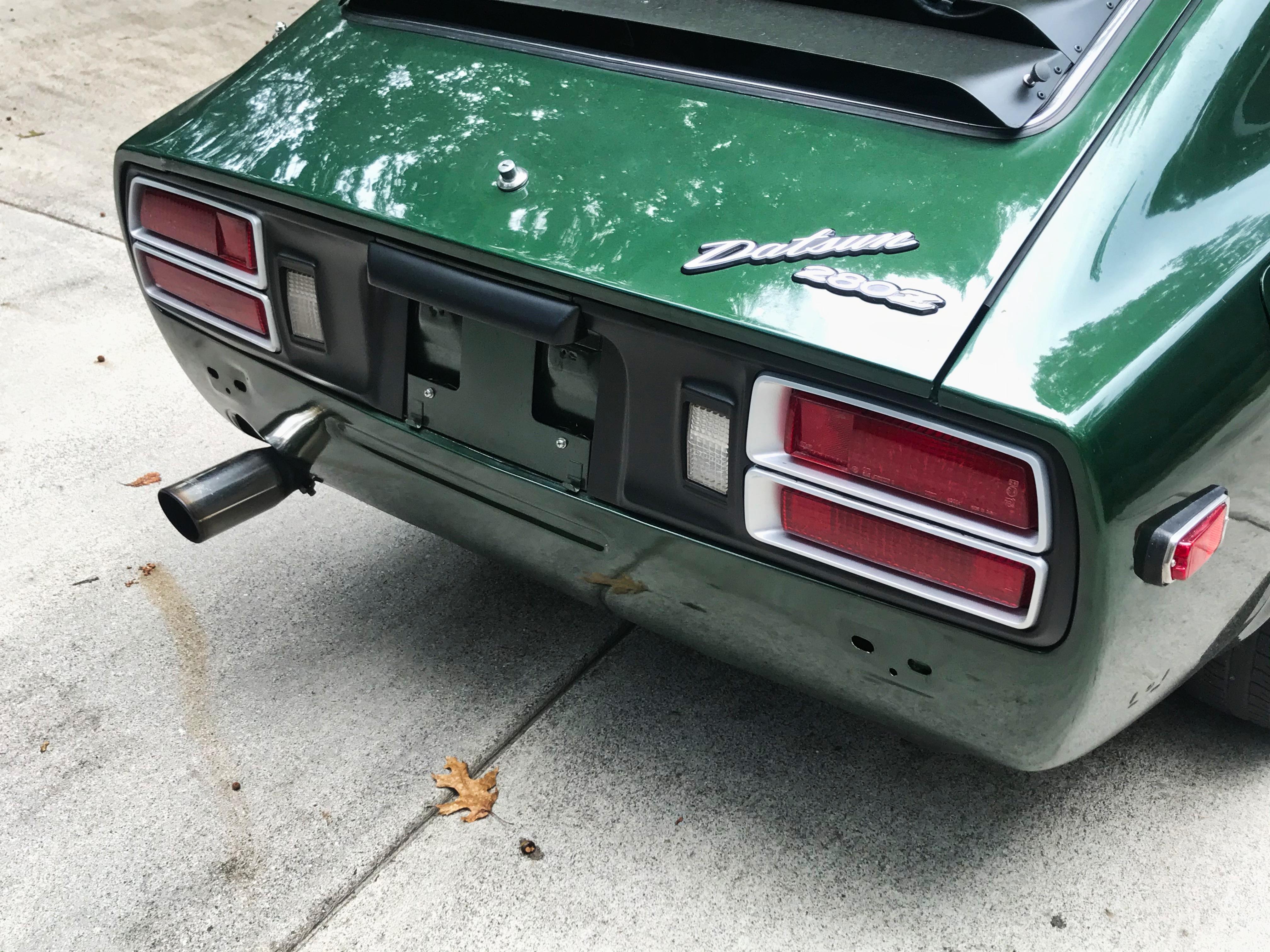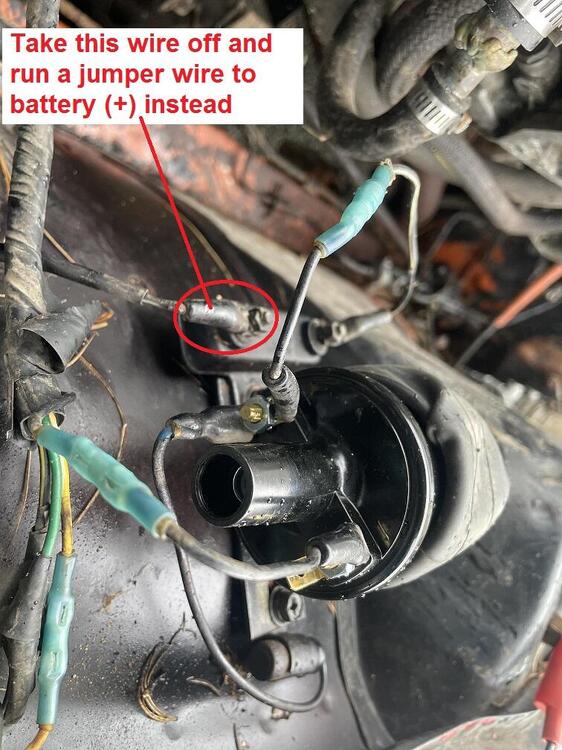Maybe it would help to back up and do more of the basics.
1. Use your meter and set it to resistance or continuity. Place one probe on the engine block and the other on battery negative. This will confirm a good circuit from the battery through the engine block (Patcon's point above). You've already confirmed positive (power) but have not confirmed the return path, the ground.
2. Place a probe on the distributor body by the points and the other on the engine block, or even back to the battery negative. Confirm that the path is low resistance/continuous. This will confirm a good path from the distributor body back to the battery.
3. Place a probe on the negative side of the points (the side with no wire connected to it) and the other on the distributor body, the engine block, and battery negative. This will confirm an unbroken path from the points back to the battery negative.
4. With the key off and the points open, place a probe on the coil negative terminal and the other probe on the engine block or battery negative. Confirm that the circuit is open, non-continuous, very very high resistance. You might have a short to ground from the coil primary circuit. With the key off and points open the coils two posts should not have a path to ground.
There will be no spark created if the coil is never de-energized (short to ground). There will be no spark if there is no current flowing (open circuit to ground). The presence of voltage does not guarantee current flow. An open ground circuit or a short to ground, on the coil circuit, will cause a no spark situation.
 Subscriber
Subscriber 2Points11,142Posts
2Points11,142Posts










